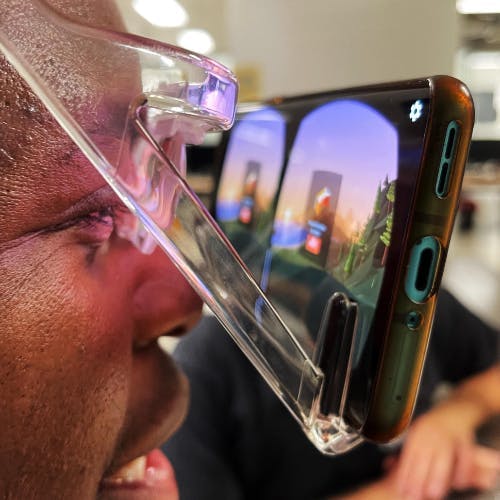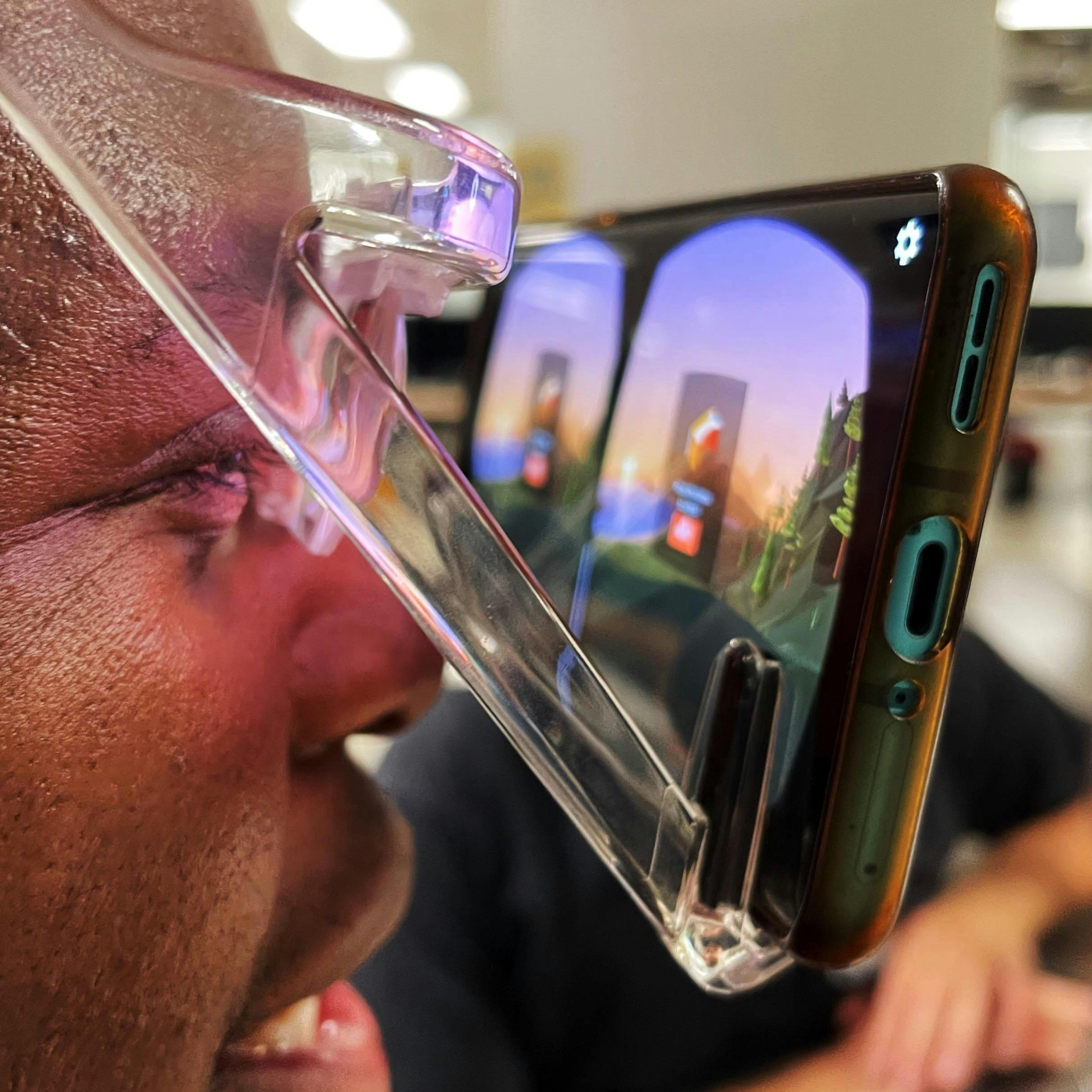
Is this the year our lives become truly augmented?

Chris Camacho, CEO Cheil UK, speaks to LBB’s Addison Capper about the opportunities of ‘extended reality’ for marketers
As the first ‘immersive native’ generations become key consumers (having grown up with the ‘pinch to zoom’ action from the use of digital screens so hardwired into their brains that in early childhood they attempted it on physical books, expecting the whole world to be multi-layered), the move to immersive will be irresistible. There are now large swathes of the population for whom non-immersive, flat 2D experiences simply seem like black-and-white TV.
The question then is not whether it is immersive, but how immersive."
So, the question then is not whether it is immersive, but how immersive. It makes sense that mixed reality experiences will lead the way, because in many ways there is no new behaviour required here; we jump between the physical and digital all the time. Mixed reality advances simply enable us to do so more seamlessly, with a single view encompassing both the physical and digital.
We are also seeing platforms act to increase this acceleration. Snap’s recent extension of monetisation opportunities for filter creators may boost XR reality offerings in the same way that app stores turbocharged mobile experience development.

Whilst XR adoption may initially be driven by offering better ways to deliver existing experiences, we are also seeing the creation of an incredibly exciting new world; we get to build a new layer over our existing physical reality. This comes with many questions – including, who owns the persistent digital layer over the physical world? If, for example, I own a landmark building in a city, do I also own the digital real estate that sits on top of it?
It’s also worth noting that, whilst it is easy to think of this purely from a consumer experience point of view, much development is already being driven first and foremost by industrial application: from training and education, medical utility, to enhancing our daily meetings (which is seen as the initial tipping point in XR adoption).
Maybe it stops at XR. Perhaps, as humans, we are simply hardwired to always maintain one foot in the ‘real’ world. Time will tell on this, but what seems certain is that in our move to immersive, mixed reality will likely go mainstream more quickly. We should not see this as a gentle first step, as the potential for the reinvention of our daily lives in itself is immense and will likely change our daily lives in significant ways.
Read the full article over on LBB Online.
More from us:
Is VR technology the future of firework displays?
How can businesses use VR to deliver inclusive and eco-friendly experiences
How to deliver a rich brand experience on a third-party marketplace
Michael Chadwick, Head of Strategy & Experience, chats to LBB about how to protect a brand and shape a customers' journey in someone else’s marketplace
Wider lens, tighter focus: the future of measurement
Michael Chadwick, Head of Strategy & Experience, chats to WARC about why the changes to data are a golden opportunity for brands
